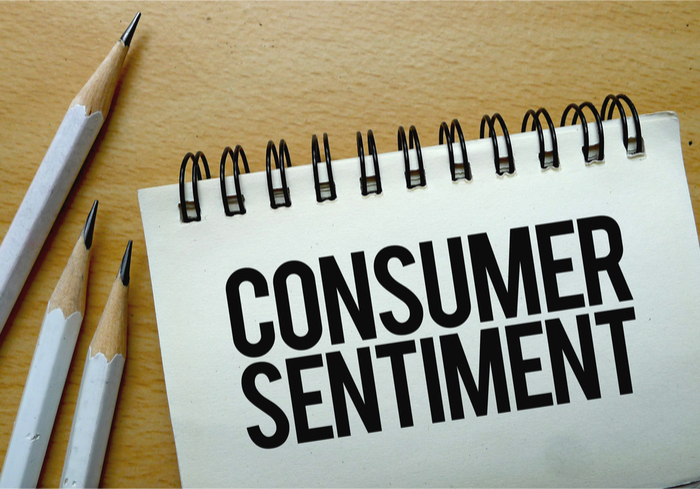Survey Shows Fall In US Consumer Sentiment

Indicating that Americans may have a less favorable view of their own finances, the University of Michigan Survey of Consumers fell to a gauge of 99 for October. The expected reading was 100.4 per a Thompson Reuters survey, Financial Times reported.
By contrast, September had a slightly higher reading at 100.1. Even so, FT noted that October’s gauge was still above the year’s average. And the survey of current economic conditions fell as well, reaching 111.4, as the consumer expectations index dropped to 89.1.
“Unfortunately, the downward revisions in the rate of growth in household incomes were accompanied by upward revisions in the year-ahead expected inflation rate, weakening real income expectations,” noted Economist Richard Curtin. However, he said that the market sell-off had “virtually no influence” on the data, as that occurrence coincided with only one evening of the period surveyed.
Paying bills and maintaining financial well-being may feel like a chore to many, but for nearly half of Americans, it’s a day-to-day struggle. A large chunk of financial invisibles – which are broken out into four groups: No Worries, Second Chances, On the Edge and Shut Outs – are not invisible by choice, and would much rather participate in the banking system. However, a lack of access to credit and poor credit ratings often get in the way of managing bill payments and achieving financial well-being.
PYMNTS research found that many financial invisibles do not have credit cards – just four percent of Shut Outs and 30 percent of the On the Edge group reported having a credit card, compared to 65 percent of the No Worries group. What’s more, 98 percent of Shut Outs without credit cards cannot get one.
Similarly, these individuals largely have low credit scores. Shut Outs reported an average score of 525, while members of On the Edge had an average score of 589. Members of the No Worries group, by contrast, had an average score of 714.